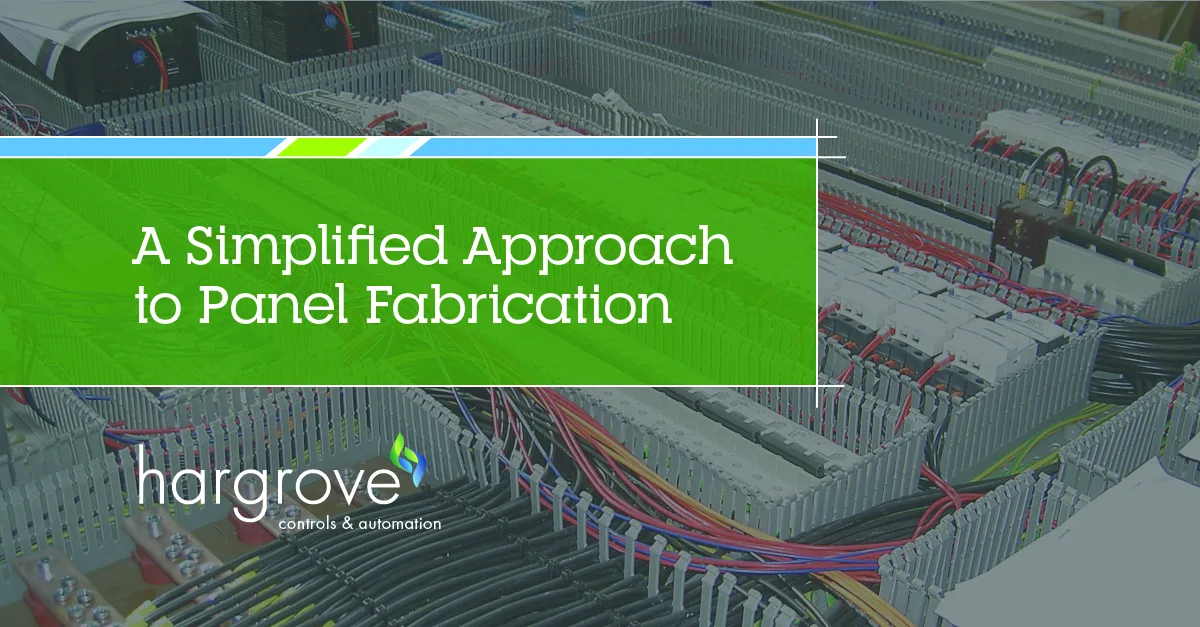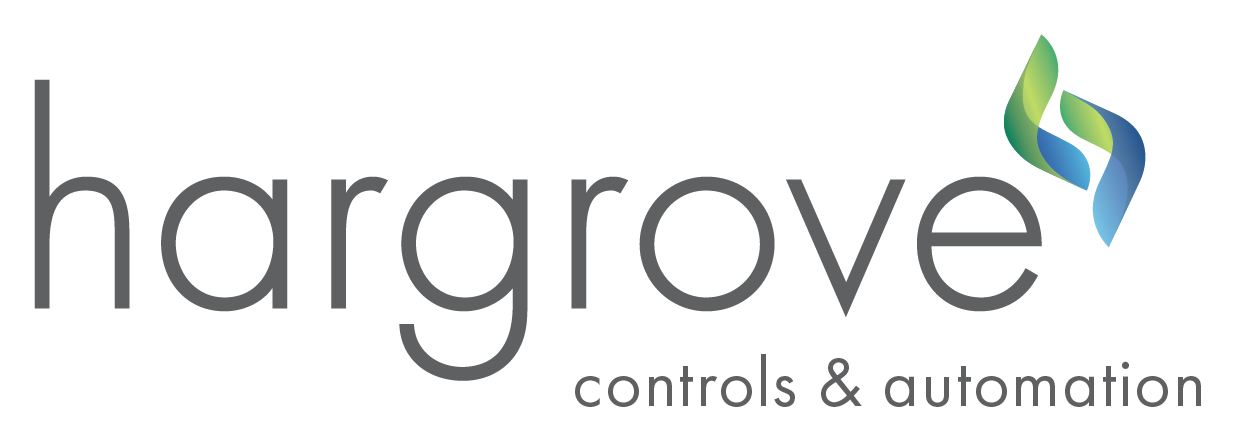A Simplified Approach to Panel Fabrication

With your team focused on day-to-day operations, it’s difficult to accomplish other projects. When you do find the time and money for a new panel fabrication project, it is best to keep it simple to reduce costs and increase productivity.
With any panel fabrication project, it is important to understand all potential requirements based on the equipment and control variations. Address the worst-case scenario and consider the greatest number of components needed for any one panel and the size of the enclosure needed to accommodate those components.
A simplified approach to panel fabrication incorporates the concepts of repetitive manufacturing and designing with expansion in mind. Below are some techniques you can use for your next project.
Design One. Build Many.
Like an assembly line that specializes in a single, streamlined process, templating the panel design creates a customized panel to fit the needs of the plant. Templating the design means each panel follows the same layout—creating a consistent product. These panels are easier to build and wire, and when every panel is built from the same template, it’s much easier to troubleshoot and recognize errors during startup.
Large-scale templating of the panel design is a great way to drive down costs. Bulk ordering parts will decrease the amount of diversity of your spare part inventory. This will allow you to work with fewer vendors to speed up panel builds, making part replacement more convenient and advantageous. The templated design will shorten lead times, increase quality installation, and ease installation for field contractors.
In addition to cost savings, templated panels increase efficiencies by providing expedited factory acceptance testing (FAT) due to the consistent layout.
Since technicians should be familiar with a similar panel design, this will also simplify ongoing, onsite maintenance. For example, if Panel A gets fixed and 6 months later Panel B has the same issue, the technician can use lessons learned from Panel A to fix Panel B.
Build with the Control System in Mind
Instead of the traditional approach which involves building panels to a specific section of the plant, design the panels around the control system’s capabilities.
Your goal should be to build to the full potential of the hardware. By leaving space to add extra I/O for the future and wiring each module to account for each type of I/O, panels are designed with expansion in mind. You can simply wire new devices to existing terminals and I/O cards, saving money, reducing labor costs, and reducing downtime.
Since the panels are built for all possibilities and not limited to a specific location, these panels can be utilized anywhere in the facility. If one section of the plant is repurposed or shut down, you can relocate the panel to another section of the plant or geographical location.
A Simplified Approach to Panel Fabrication
By templating your panel design and building with the control system in mind, you can reduce costs, increase production, and allow for expansion.
Hargrove’s in-house fabrication facility designs, builds, tests, and stages custom panels and cabinets. Hargrove also offers operator training and performs factory acceptance testing in any of our staging facilities.
As a vendor-agnostic system integrator, Hargrove builds panels using multiple original equipment manufacturer (OEM) products – focusing on offering flexibility and delivering the right solutions for our clients.
To learn more about Hargrove’s panel fabrication and design capabilities, visit our website.

